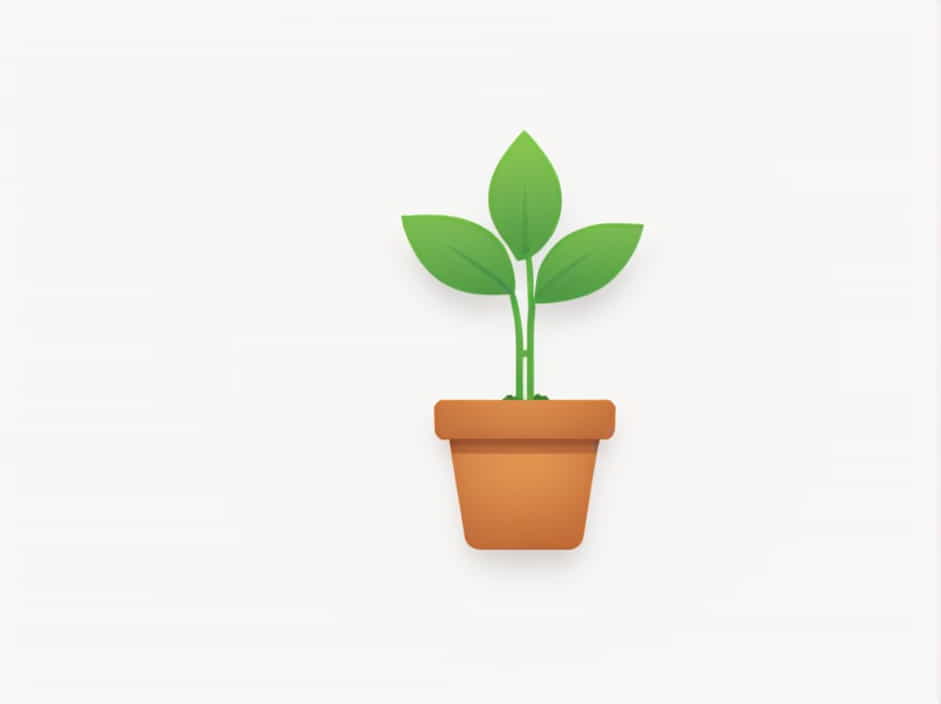Plants rely on photosynthesis to produce their own food, using sunlight to convert carbon dioxide and water into glucose and oxygen. The organelle responsible for this process is the chloroplast.
In this topic, we will explore what chloroplasts are, how they function, and why they are crucial for plant life.
1. What Is a Chloroplast?
A. Definition of Chloroplasts
A chloroplast is a membrane-bound organelle found in plant cells and algae. It contains chlorophyll, the green pigment responsible for capturing sunlight.
B. Where Are Chloroplasts Found?
Chloroplasts are located in the cells of leaves and green stems. The highest concentration of chloroplasts is in the mesophyll cells of leaves.
2. Structure of a Chloroplast
A. Outer and Inner Membrane
Chloroplasts have a double membrane that controls what enters and exits the organelle.
B. Thylakoids and Grana
Inside the chloroplast, thylakoid membranes are stacked into structures called grana. These are the sites where light-dependent reactions take place.
C. Stroma
The fluid-filled space around the grana is called the stroma, where the Calvin cycle occurs, producing glucose.
3. How Do Chloroplasts Enable Photosynthesis?
Photosynthesis occurs in two stages:
A. Light-Dependent Reactions (In the Thylakoids)
- Chlorophyll absorbs sunlight, exciting electrons.
- Water molecules split, releasing oxygen as a byproduct.
- Energy is stored in ATP and NADPH.
B. Light-Independent Reactions (In the Stroma)
- ATP and NADPH help convert carbon dioxide into glucose.
- This process is known as the Calvin cycle.
4. Why Are Chloroplasts Important?
A. Oxygen Production
Chloroplasts produce oxygen, essential for humans and animals.
B. Energy Source for Plants
Plants store energy in the form of glucose, which fuels their growth.
C. Basis of the Food Chain
Without chloroplasts, plants wouldn’t exist, and herbivores, carnivores, and omnivores would have no food source.
5. Comparison of Chloroplasts and Mitochondria
| Feature | Chloroplasts | Mitochondria |
|---|---|---|
| Function | Photosynthesis | Cellular respiration |
| Found in | Plants and algae | Plants and animals |
| Energy Conversion | Light to glucose | Glucose to ATP |
| Oxygen Role | Produces oxygen | Uses oxygen |
6. Interesting Facts About Chloroplasts
- Chloroplasts contain their own DNA, similar to bacteria.
- They likely evolved from cyanobacteria through endosymbiosis.
- The more sunlight a plant gets, the more chloroplasts it has in its cells.
Chloroplasts are the powerhouses of plant cells, driving photosynthesis and sustaining life on Earth. Without them, plants wouldn’t grow, oxygen wouldn’t be produced, and the food chain would collapse. These tiny green organelles make life as we know it possible.
